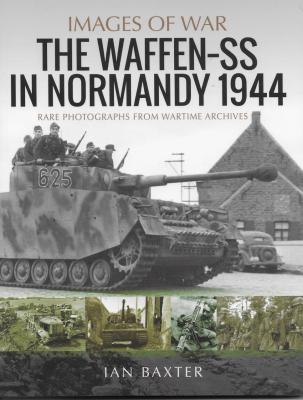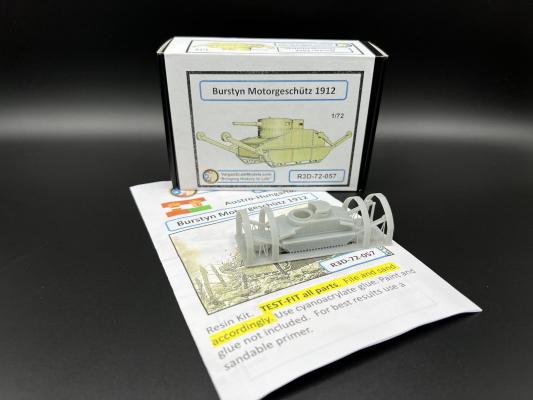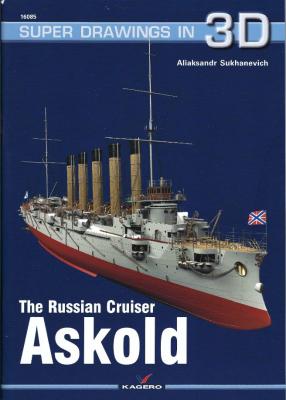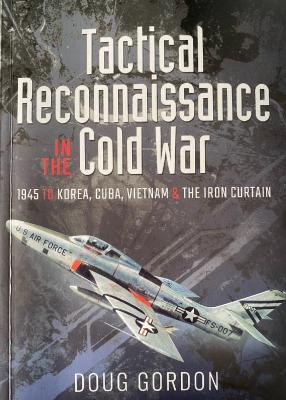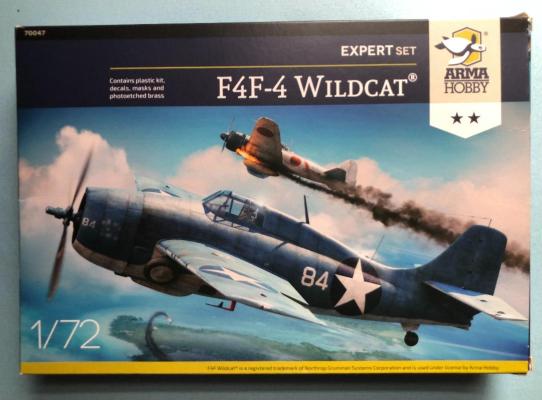Pen & Sword Books are not new to the plastic modeling industry. The UK based publishing company has been around since 1990 while churning out titles covering subjects from military, aviation, maritime and including other areas of history.
Welcome to the IPMS/USA Reviews site!
Introduction: The primary organization of the IPMS/USA Review website is by IPMS/USA National Contest Class. Within each Class there are sub-menus by kits, decals, books, etc. The Miscellaneous Class is for items that are not class specific or that cross two or more classes.
IPMS/USA Members: We encourage you to submit reviews, both here and to the Journal. To volunteer for membership in the IPMS/USA "Reviewers Corps" and submit your own reviews, please read the Guidelines For Submitting Product Reviews.
Manufacturers, publishers, and other industry members: IPMS/USA is pleased to offer your company the opportunity for product reviews. All product reviews are performed by IPMS/USA members, and are posted in the publicly-accessible section of our website. With very few exceptions, we perform full build reviews of new kit releases, aftermarket products, and supplies. If you would care to provide product samples for review, please contact John Noack, IPMS/USA 1st VP.
To learn more about IPMS/USA, please see our About Us page.
Introduction
An Austro-Hungarian engineer, Günther Burstyn, designed a "land-ship" vehicle in 1911, which was tailored to cross trenches, provide infantry support and crush barbed wire entanglements. This was the Burstyn Motorgeschütz. It was relatively small, with a revolving turret and potentially armed with a light 37 or 47 mm gun, and a crew of two. The unique aspect of this experimental design was the articulated arms that could be deployed to assist in trench crossing, and "push down" barbed wire. These arms were lowered to help cross trenches, angled to push down wire entanglements, and up for normal terrain . Burstyn received a patent and built models and a wooden mock-up; but the design went no further. He proved to be a visionary. His design anticipated trench warfare years before WW1 and included the basic layout of a tank.
Based in Central Europe, Kagero Publishing House is the biggest publisher and exporter of English-written publications about military history, releasing nearly 60 titles every year. Founded by Damian Majsak in 1995, Kagero expanded in 1998 to release new publications in English. Illustrator Waldemar Góralski is one of many Kagero contributors, and has authored over twenty five publications.
Dangerous times followed the end of WWII. In quick succession, the emerging superpowers not only armed themselves with nuclear weapons but showed an overt willingness to use them. The spread of communism into the Eastern European bloc countries and the Asian continent created a need for information so the United States and her allies could make informed decisions about the enemy's intentions. The exploits of the U-2 and SR-71/A-12 pilots who braved overflying hostile territory at high altitude in order to get a strategic, big picture of our enemies have been well documented. What we don’t hear a lot about are the efforts of those tasked with collecting localized intelligence for use on a more immediate time scale. Things as simple as weather conditions to the location and strength of enemy forces are critical to those who decide military actions.
While Arma Hobby has been in business since 2013, they are a newer company to me, and this was my first opportunity to build one of their wonderful kits. Their mission is to manufacture the highest quality plastic kits that offer both extreme surface detail and are easy to build. While I will agree on the fantastic surface detail, I am not certain that I would call this kit easy to build. While I do highly recommend this kit, I do recommend that the builder have some experience before taking on a project like this.











